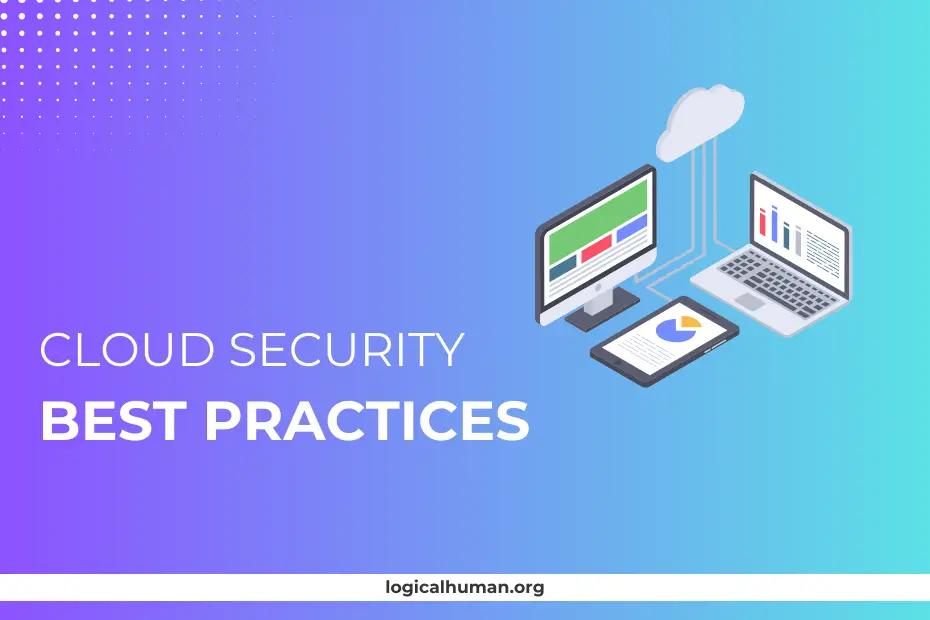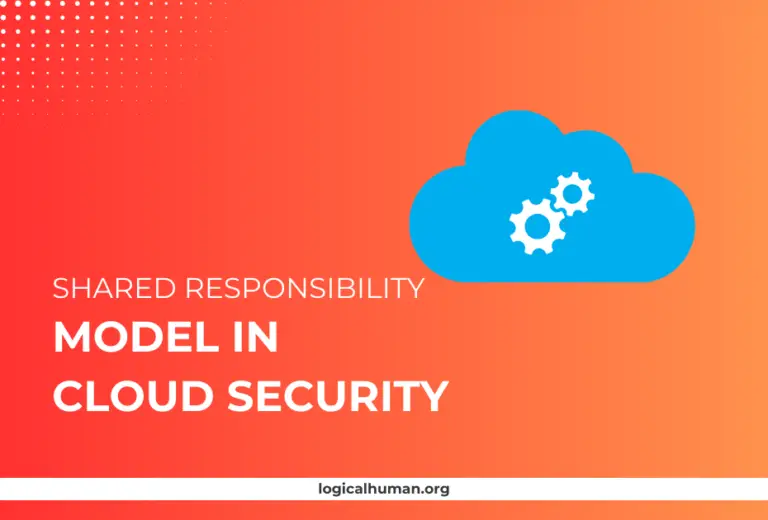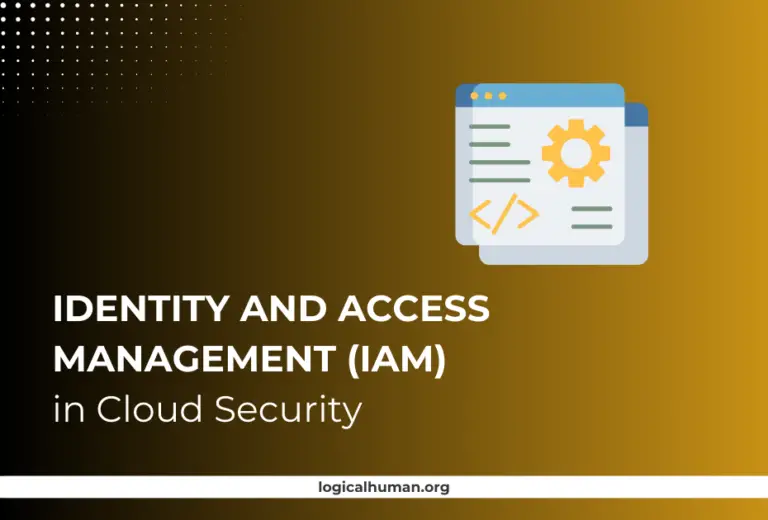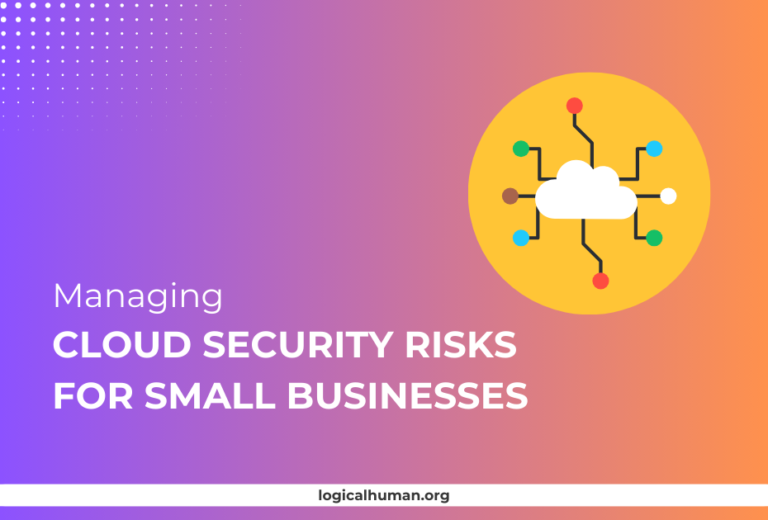As businesses and individuals increasingly rely on cloud computing for data storage and management, understanding cloud security is becoming essential. For beginners, cloud security might seem like a complex and technical subject. However, with the right guidance, it can be comprehensible and straightforward. Let’s break it down together.
What is Cloud Security?
Cloud security encompasses a broad set of technologies, controls, processes, and policies designed to protect data, applications, and services hosted in the cloud. Think of it as a combination of physical and digital security measures that safeguard cloud-based resources. This includes everything from protecting data stored in cloud storage to ensuring that users are who they say they are when accessing cloud services.
For example, cloud security involves things like encryption, identity management, and secure configurations to prevent unauthorized access and data breaches. It’s not just about locking up your data but also ensuring that only authorized personnel can access and manage it.
Why is Cloud Security Important?
Cloud security is crucial because, without it, your data and applications are vulnerable to a range of threats. Cyberattacks are becoming more sophisticated, targeting weak spots in cloud infrastructures to steal data, disrupt services, or even hold information hostage for ransom.
Imagine leaving the door to your house wide open. It doesn’t matter how strong the house’s walls are if anyone can just walk in. Similarly, no matter how powerful cloud services are, without proper security, your data is exposed to potential threats.
Common Threats in Cloud Computing
Understanding the threats that can compromise cloud security helps in building effective defenses. Some of these common threats include:
- Data Breaches: When unauthorized individuals gain access to confidential data, it can result in financial loss, legal consequences, and damage to reputation. A data breach can occur due to weak passwords, misconfigurations, or vulnerabilities in cloud services.
- Account Hijacking: Attackers can gain control of cloud accounts using techniques like phishing or brute force attacks. Once they have access, they can manipulate data, shut down services, or even impersonate the account owner.
- Insecure APIs: APIs (Application Programming Interfaces) allow different software applications to communicate. If these are not properly secured, they can be exploited by hackers to access or manipulate data.
- Misconfiguration: This is one of the most common causes of cloud security issues. A misconfigured cloud storage bucket or service can expose sensitive data to the public, making it easily accessible to malicious actors.
Understanding the Shared Responsibility Model
Cloud security isn’t just the responsibility of the cloud provider; it’s a shared responsibility between the provider and the customer. This model helps delineate which aspects of security are managed by the cloud service provider and which are managed by you, the customer.
What is the Shared Responsibility Model?
The shared responsibility model defines which security tasks are handled by the cloud provider and which are the customer’s responsibility. The provider is typically responsible for securing the physical infrastructure and foundational services, while customers are responsible for securing their data, managing user permissions, and configuring security settings.
For instance, AWS is responsible for the security of the hardware that runs their services. However, it’s up to the customer to ensure that their application is securely configured, their data is encrypted, and access controls are correctly implemented.
Customer Responsibilities
Customers are responsible for:
- Data Protection: Encrypting sensitive data stored in the cloud and ensuring secure access to it.
- Access Management: Controlling who has access to the data and resources within the cloud.
- Compliance: Ensuring that their cloud usage complies with relevant regulations, such as GDPR or HIPAA.
In essence, while the cloud provider takes care of securing the infrastructure, it’s up to you to secure your applications and data within that infrastructure.
Cloud Provider Responsibilities
Cloud providers take care of:
- Infrastructure Security: Protecting the physical data centers and the servers that host cloud services.
- Service Availability: Ensuring that their services are resilient and available, with protection against threats like Distributed Denial of Service (DDoS) attacks.
- Basic Network Security: Implementing firewall rules and intrusion detection systems to protect the network infrastructure.
Knowing where your responsibilities lie can help you focus your security efforts effectively.
Best Practices for Cloud Security
Implementing best practices is essential to safeguard your cloud environment. Let’s go over some key strategies to keep your cloud resources secure.
Use Strong Authentication and Access Controls
Strong authentication mechanisms are crucial in preventing unauthorized access to your cloud resources. This is about making sure that the right people have access to the right resources.
Implement Multi-Factor Authentication (MFA)
MFA adds an additional verification step (like a text message or an app-based code) to the login process. Even if someone gets hold of your password, they still need a second piece of information to access your account. This significantly reduces the risk of unauthorized access.
Follow the Principle of Least Privilege (PoLP)
The Principle of Least Privilege means giving users the minimum level of access necessary to perform their jobs. For example, a developer may need access to development environments but not to production databases. This minimizes the risk of accidental or malicious data exposure.
Data Encryption
Encryption is the process of converting data into a coded format, unreadable without the proper decryption key. It’s a fundamental component of data security.
Encrypt Data at Rest
Data at rest refers to any data stored physically in any digital form (databases, file systems, cloud storage). Encrypting data at rest ensures that even if someone gains access to the storage media, they can’t read the data without the encryption key.
Encrypt Data in Transit
Data in transit is data actively moving from one location to another, such as across the internet or through a private network. Using secure protocols like HTTPS or SSL/TLS helps ensure that data transmitted between your cloud environment and users is protected from interception.
Regularly Update and Patch Systems
Outdated systems are a prime target for cyberattacks, as they often contain vulnerabilities that hackers can exploit.
Automate Patching
Automating the process of applying patches and updates ensures that your systems are always up-to-date, reducing the risk of vulnerabilities being exploited. Tools like AWS Systems Manager or Azure Automation can help automate this process.
Monitor for Vulnerabilities
Regularly scanning your cloud environment for vulnerabilities can help you identify and fix security issues before they are exploited. Tools like AWS Inspector or Azure Security Center can provide detailed insights into your security posture.
Secure Your Network
Just like securing the physical network in an office, securing your cloud network is crucial to prevent unauthorized access.
Use Virtual Private Clouds (VPCs)
A VPC provides a virtual network that is logically isolated from other networks in the cloud. This isolation helps in preventing unauthorized access and allows for more granular control over your network configuration.
Implement Network Segmentation
Network segmentation involves dividing your network into different segments, each with its own security controls. For example, separating your development and production environments ensures that any security issues in the development environment do not affect production.
Backup and Disaster Recovery Plans
Backup and disaster recovery plans ensure that your data and services can be restored in the event of a failure or attack.
Regularly Test Backups
Simply having a backup isn’t enough; you need to test your backups regularly to ensure they can be restored when needed. This testing can help you identify issues like corrupted backup files or incomplete data.
Implement Redundancy
Redundancy involves storing your data in multiple locations, so if one location is compromised or fails, you can still access your data from another location. This is essential for maintaining data availability and resilience.
Monitoring and Logging
Monitoring and logging are critical for detecting and responding to security incidents in your cloud environment.
Use Centralized Logging Services
Centralized logging services collect and store logs from different sources in one place, making it easier to analyze and correlate data. Tools like AWS CloudTrail or Google Cloud’s Operations Suite allow you to track user activities, API usage, and other events in your cloud environment.
Set Up Alerts for Suspicious Activities
Setting up alerts for activities like multiple failed login attempts or unusual data transfers can help you quickly identify and respond to potential security threats.
Secure Your APIs
APIs are a common target for cyberattacks, as they often provide direct access to data and services.
Use API Gateways
API gateways act as a control point for managing and securing your APIs. They can handle authentication, rate limiting, and other security measures to protect your APIs from abuse.
Implement Rate Limiting and Throttling
Rate limiting controls the number of requests a user can make to an API in a given time period. Throttling slows down the rate at which requests are processed, helping to prevent abuse and reduce the risk of denial-of-service attacks.
Compliance and Governance
Compliance ensures that your cloud usage adheres to relevant legal and regulatory requirements.
Know Relevant Regulations (GDPR, HIPAA, etc.)
Understanding and adhering to regulations like the General Data Protection Regulation (GDPR) or the Health Insurance Portability and Accountability Act (HIPAA) is crucial for avoiding fines and protecting user data. Each regulation has specific requirements for data protection, which must be integrated into your cloud security strategy.
Implement Policies and Procedures
Developing and enforcing security policies and procedures helps ensure that everyone in your organization follows best practices for cloud security. This includes creating guidelines for data handling, access management, and incident response.
| Category | Best Practice | Description |
|---|---|---|
| Authentication | Multi-Factor Authentication (MFA) | Adds an extra layer of security by requiring multiple forms of verification. |
| Access Control | Principle of Least Privilege (PoLP) | Grants users the minimum permissions necessary to perform their tasks. |
| Data Security | Encrypt Data at Rest | Ensures that stored data is protected and unreadable without decryption keys. |
| Patching | Automated Patching | Automatically applies updates and patches to reduce vulnerabilities. |
| Network Security | Use Virtual Private Clouds (VPCs) | Isolates cloud resources from public access and enhances network security. |
| Backup and Recovery | Regular Backup Testing | Ensures that backups are functional and data can be restored when needed. |
Common Mistakes to Avoid in Cloud Security
Let’s go over some common mistakes that can undermine your cloud security efforts.
Misconfigured Storage Buckets
One of the most common cloud security issues is leaving storage buckets (e.g., Amazon S3) open to the public. This can expose sensitive data to the internet, where it can be accessed and potentially stolen by malicious actors. Always ensure that your storage buckets are properly configured with the appropriate access controls.
Ignoring Security Updates
Failing to apply security updates in a timely manner can leave your cloud environment vulnerable to known exploits. Automating updates and patches can help mitigate this risk.
Poor Password Management
Using weak, common, or reused passwords can make it easy for attackers to gain access to your cloud resources. Implementing strong password policies and encouraging the use of password managers can help improve security.
Conclusion
Cloud security is a continuous process that involves proactive planning and vigilant monitoring. By understanding your responsibilities and following best practices, you can create a secure cloud environment that protects your data and services. Remember, the goal is not just to prevent breaches but also to ensure that your cloud resources are resilient and recoverable in case of an incident.
FAQs
What is the most important aspect of cloud security?
The most critical aspect is controlling access to your cloud resources. This involves using strong authentication methods like multi-factor authentication (MFA) and following the principle of least privilege to limit access to sensitive data and services.
How can I secure my cloud data?
You can secure your cloud data by encrypting it both at rest and in transit, implementing strong access controls, regularly updating and patching systems, and monitoring for suspicious activities.
What are some tools for cloud security monitoring?
There are several tools available for cloud security monitoring, including AWS CloudTrail, Azure Security Center, and Google Cloud’s Operations Suite. These tools provide comprehensive monitoring, alerting, and logging capabilities to help you secure your cloud environment.
Why is encryption important in cloud security?
Encryption protects your data by converting it into an unreadable format, which can only be decoded with a specific key. This ensures that even if data is intercepted or accessed without authorization, it cannot be understood or used by malicious actors.
How often should I review my cloud security policies?
You should review your cloud security policies at least once a year, or whenever there are significant changes to your cloud infrastructure or regulatory requirements. Regular reviews help ensure that your policies remain effective and up-to-date.



